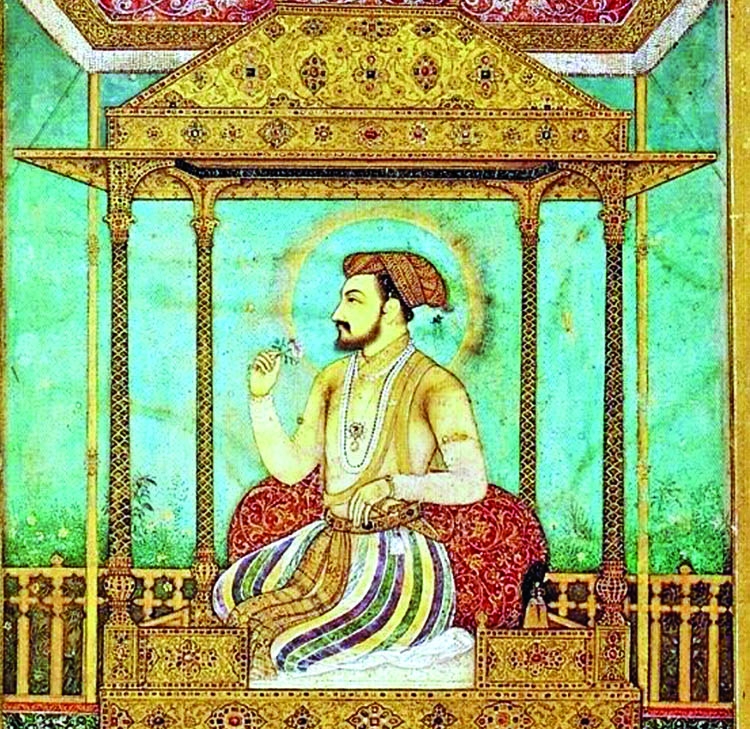Published: 01:51 AM, 15 July 2017 Last Update: 01:52 AM, 15 July 2017
Peacock Throne of India

The Peacock Throne was a wonder to behold - a gilded platform, canopied in silk and encrusted in precious jewels. Built in the 17th century for the Mughal emperor Shah Jahan, who also commissioned the Taj Mahal, the throne served as yet another reminder of the extravagance of this mid-century ruler of India. Although the piece only lasted for a short while, its legacy lives on as one of the most ornate and highly sought after pieces of royal property in the region's history.
A relic of the Mughal Golden Age, the piece was originally lost and recommissioned before being destroyed forever by rival dynasties and empires. The Crown Jewels When Shah Jahan ruled the Mughal Empire, it was at the height of its Golden Age, a period of great prosperity and civil accord amongst the Empire's people - covering most of India. Recently, the capital had been re-established in Shahjahanabad in the ornately decorated Red Fort, where Jahan held many decadent feasts and religious festivals. However, the young emperor knew that in order to be, as Soloman had been, the "Shadow of God" - or the arbiter of God's will on earth - he needed to have a throne like his.
Shah Jahan commissioned a jewel encrusted gold throne to be built on a pedestal in the courtroom, where he could then be seated above the crowd, closer to God. Among the hundreds of rubies, emeralds, pearls, and other jewels embedded in the Peacock Throne was the famed 186-carat Koh-i-Noor diamond, which was later taken by the British.
Shah Jahan, his son Aurangzeb, and later Mughal rulers of India sat on the glorious seat until 1739, when Nader Shah of Persia sacked Delhi and stole the Peacock Throne. Destruction In 1747, Nader Shah's body guards assassinated him, and Persia descended into chaos. The Peacock Throne ended up being chopped to pieces for its gold and jewels.
Although the original was lost to history, some antiquities experts believe that the legs of the 1836 Qajar Throne, which was also called the Peacock Throne, might have been taken from the Mughal original. The 20th century Pahlavi dynasty in Iran also called their ceremonial seat "the Peacock Throne," continuing this pillaged tradition.
Several other ornate thrones may have also been inspired by this extravagant piece, most notably the overexaggerated version King Ludwig II of Bavaria had made some time before 1870 for his Moorish Kiosk in Linderhof Palace.
The Metropolitan Museum of Art in New York City is said to also have potentially discovered a marble leg from the pedestal of the original throne. Similarly, the Victoria and Albert Museum in London said to have discovered the same years later.
However, neither of these have been confirmed. Indeed, the glorious Peacock Throne may have been lost to all of history forever - all for the want of power and control of India at the turn of the 18th and 19th centuries.
The author is a historian who has spent more than five years living in Asia, and has traveled extensively in twelve Asian countries.




